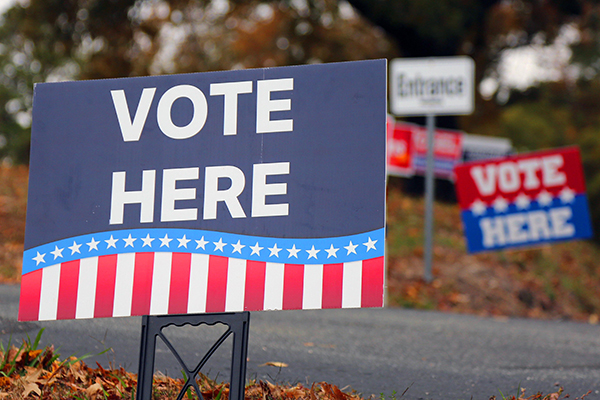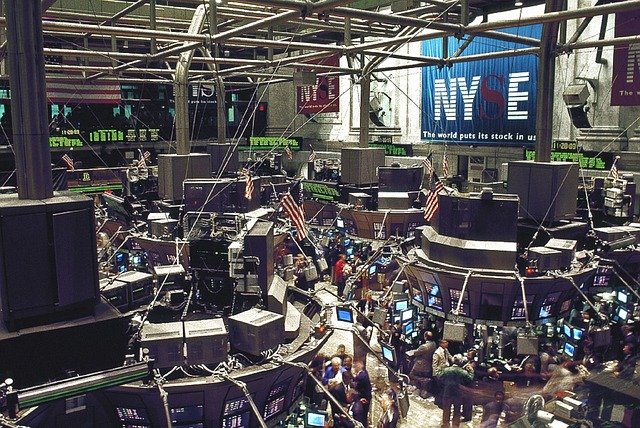Last quarter I discussed how the surge in volatility was due to the expectation for higher rates, the Trump tariffs, and the Facebook data breach. All three of those are still contributing to market gyrations. However the volatility has not stuck around, as measured by the VIX, which is a widely cited measure of stock market volatility. While not yet returning to the ultra-low level of 2017, the VIX has remained well below average. The major things offsetting the gloomier seeming things have been the stellar earnings from most companies (Facebook not included, as they just experience a big disappointment, although certainly not the only major company to miss).
Our last newsletter discussed some of the history of why tariffs are bad, notably because they are inflationary, inefficient, and undemocratic. This time I will explore the present, i.e. what has already started to happen. The biggest waves have been in the auto industry where Daimler, who makes Mercedes Benz, announced an earnings disappointment due to lower sales in China due to the tariffs on cars that are manufactured in Alabama. Then BMW announced they are considering moving their operations in South Carolina back overseas in an effort to avoid the tariffs. These are just two examples, but one can see how quickly tariffs can slow down sales and lead to job losses, even in the US.
The thing to remember about President Trump is that he sees the current situation as unfair to the US. Without getting political, he has ground on which to stand, both from a trade perspective and one on the intellectual property rights. We could debate whether he is right or wrong, or to what degree the unfairness is true, however, what is important for the scope of this letter is that he thinks an imbalance exists. Therefore, when he announces an initial tariff, that helps balance the equation; but when the other country retaliates the imbalance returns, and the President sees increased tariffs as an appropriate way to rebalance. One can easily see how this could escalate into a trade war. Finally, the Chinese stock market has fallen over 20% from high to recent low, a bear market—so they are feeling the effects of the tariffs strongly.
Just recently the US announced they are considering increasing the tariff on $200 billion of Chinese goods from 10% to 25%. The US market does not seem overly concerned with these developments. Investors seem to be way more concerned about China getting into a trade war with the US, than the US getting into a trade war with China. It would seem Wall Street is either minimalizing the potential disaster of a trade war, or it is so enamored with the earnings numbers that the good news overwhelms the potential bad news. We are starting to see companies report rising costs due to tariffs, notably companies that use steel; however this is somewhat being offset by companies announcing price increases as a result of the tariffs. Note well: it is very unlikely those price increases will be dropped even if the tariffs go away (hence inflationary).
The Fed raised rates another quarter of a percent as expected and continue to discuss how the economy is strong and inflation continues to be around 2%. A 2Q18 GDP reading of 4.1% and mild inflation is the Goldilocks economy, not too hot, but not too cold, that allows the Fed to continue to raise rates gradually. That said, inflation is nearing a level of concern, the CPI data was the highest since 2012, the year-over-year increase in the headline number was 2.8%, above the 2.7% expectation; while core was 2.2% above the 2.1% expectation. It actually is not always the level of inflation that causes problems, but the expectations for inflation. Meaning inflation could be through the roof, but if the expectation is that six months from now it will be lower, then that is what influences consumer behavior. With that backdrop, inflation expectations are rising—the outlook for inflation one year from now as well as three years from now is 3%. That is higher than what was anticipated. Additionally, unemployment is at multi-decade lows of 3.9%, and there are currently more job openings in the US than total unemployed (this has never happened in the US—Charlie Dreyfus, Royce webcast, 6/21/18). Do not expect the Fed to slow down its interest rate hikes unless we start seeing either or both of those numbers come down.
If the Fed continues to raise rates on the short end, but inflation remains relatively tame then we are looking at the possibility of an inverted yield curve, i.e. when short term yields are higher than long term yields. The 2yr/10yr US Treasury curve is the narrowest since mid-2007. An inverted yield curve is a significant recession warning; however, we have not inverted yet, and even if we do, it is usually a warning that a recession is 12-18 months away. Nevertheless, it is definitely something worth keeping a close watch.
A few interesting facts I ran across this quarter:
- This has been an unusual year for investing in equities. The returns of the S&P 500 have been driven by just ten stocks. The other 490 stocks in the index are collectively negative for the year (through the end of the second quarter). Those top ten stocks are largely big technology firms, many of which appear overvalued. In the second quarter, just 5 of those stocks were responsible for over half the return (Goldman Sachs 6/28/18)
- Oil and gas rigs in operation today are over three times more efficient than those used in 2014 (EnerCom MLP Scorecard, 6/11/18)
- The US birth rate has fallen to the lowest since 1987 based on total new babies, but based on births per 1000 women aged 15-44, it is the lowest since tracking began in 1909 (Yahoo.finance, USA Today, and Live Science)
- The three major central banks, the US Fed, the Bank of Japan and the European Central Bank, had balance sheets worth $14.6 trillion at the end of May, up from $4.2T ten years ago (WSJ newsletter 6/29/18)
Much like last quarter, the economy continues to do well, earnings stand to be the best they have been in years—even better than last quarter, stocks are either setting new highs or nearly there, recession indicators are cropping up, but those warnings would still suggest at least another year or more away, and inflation remains at the top end of the Fed’s preferred range. The potential of a trade war is troublesome, but we are still hopeful saner heads will prevail. The first steps toward that was the trade deal with Europe, although details are still to be finalized.





